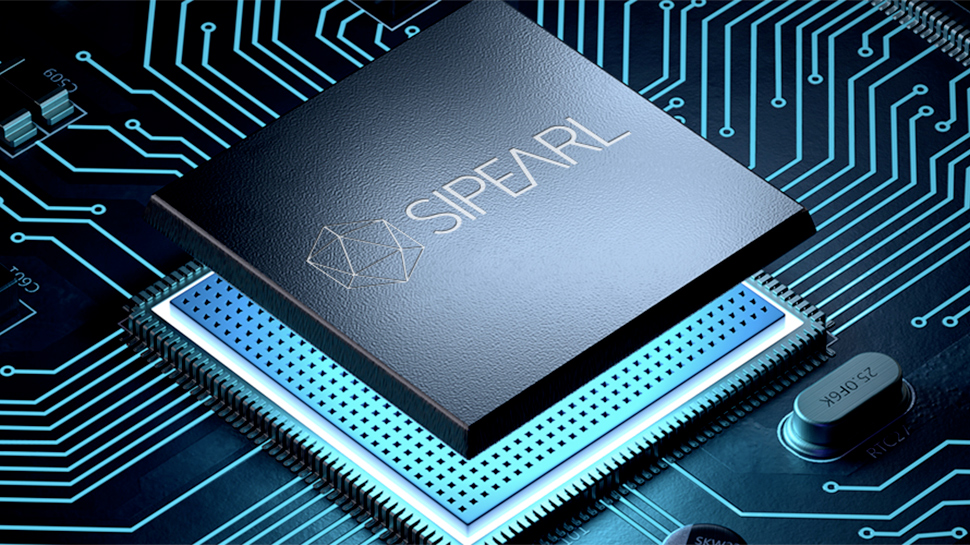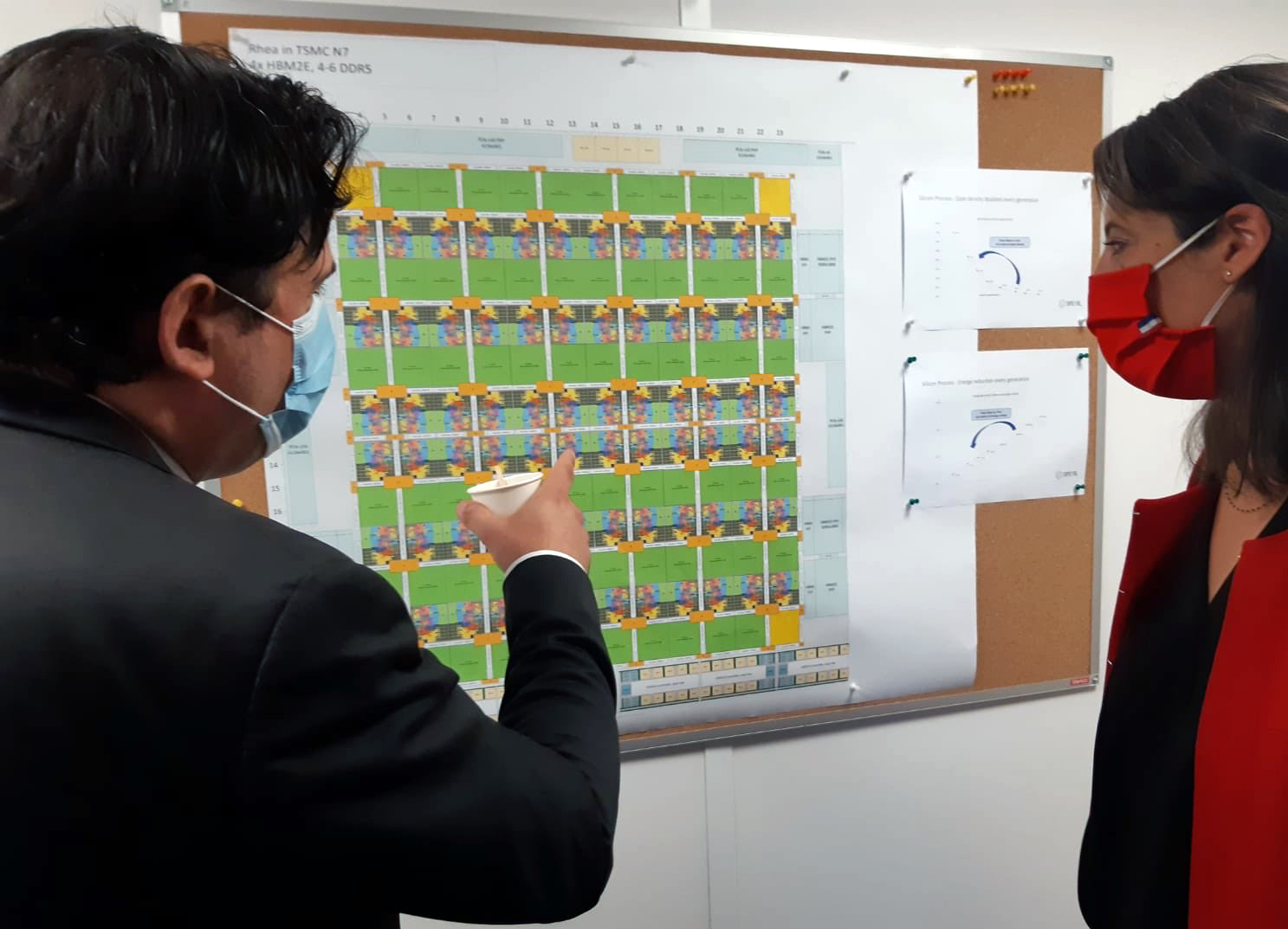SiPearl working on a giant 72-core processor for supercomputers
A politician leaks SiPearl’s plans for a 72-core HPC CPU

A Twitter post by a French politician inadvertently revealed details about SiPearl’s upcoming high-performance processor powered by Arm’s Neoverse Zeus cores.
The SiPearl Rhea system-on-chip will be used for an experimental ‘towards exascale’ supercomputer platform, with Rhea’s successor, SiPearl’s Cronos, used for the first European exascale supercomputer.
The SiPearl Rhea SoC is based on 72 Arm Neoverse Zeus cores and to that end will be able compete against Amazon’s Graviton 2 and Ampere’s Altra processors. The processor also features 68 mesh network L3 cache slices along with various IP blocks. Frequencies of the SoC as well as cache sizes are unclear.
- Best small business servers
- Best dedicated server hosting providers
- We highlighted the best cloud storage service
European supercomputer chip
One of the particularly interesting features of SiPearl’s Rhea is its memory subsystem that relies on four HBM2E stacks that promise to offer a very high memory bandwidth as well as four or six DDR5 SDRAM controllers for extra memory capacity. Since the chip uses 72 cores, it needs a lot of RAM, so usage of a hybrid memory subsystem is justified.

Today’s most powerful supercomputer — Fugaku — is based on Fujitsu’s custom 48-core A64FX processor (based on the ARMv8.2-A architecture) that also uses HBM2 memory, but does not use more traditional DDR4.
The SoC is set to be made using TSMC’s N7 manufacturing technology, according to the Twitter post, but earlier SiPearl indicated that it will use TSMC’s N6 fabrication process that uses extreme ultraviolet (EUV) lithography.
SiPeark expects to launch its Rhea processors sometimes in 2021 and use them to build an experimental pre-ExaFLOPS-class machine. An even more advanced family of SoCs named Cronos is set to emerge in 2022 or 2023 and they will power exascacle supercomputers developed in Europe.
Are you a pro? Subscribe to our newsletter
Sign up to the TechRadar Pro newsletter to get all the top news, opinion, features and guidance your business needs to succeed!
Sources: AnandTech, Alexandra Dublanche/Twitter
Anton Shilov is the News Editor at AnandTech, Inc. For more than four years, he has been writing for magazines and websites such as AnandTech, TechRadar, Tom's Guide, Kit Guru, EE Times, Tech & Learning, EE Times Asia, Design & Reuse.